Al-Maqayis Company provides soil analysis and testing services to support agricultural, construction, and environmental projects by assessing their physical, chemical, and biological properties. The company boasts the best certified soil laboratory in the Kingdom, utilizing the latest advanced technologies. This service is part of an integrated system that includes soil testing to determine quality and suitability, along with accurate reports and technical recommendations that help inform decisions before implementing any project.
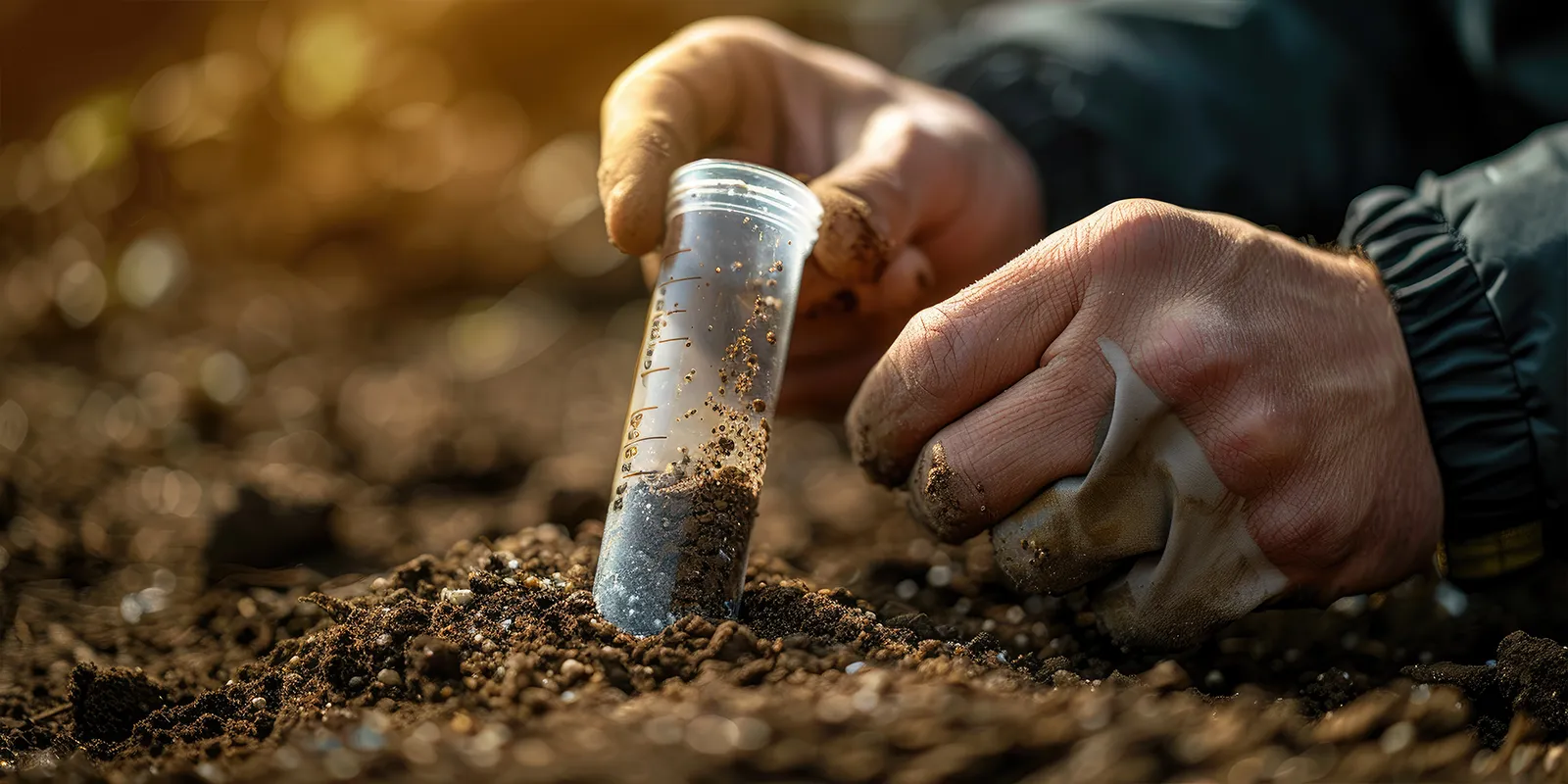

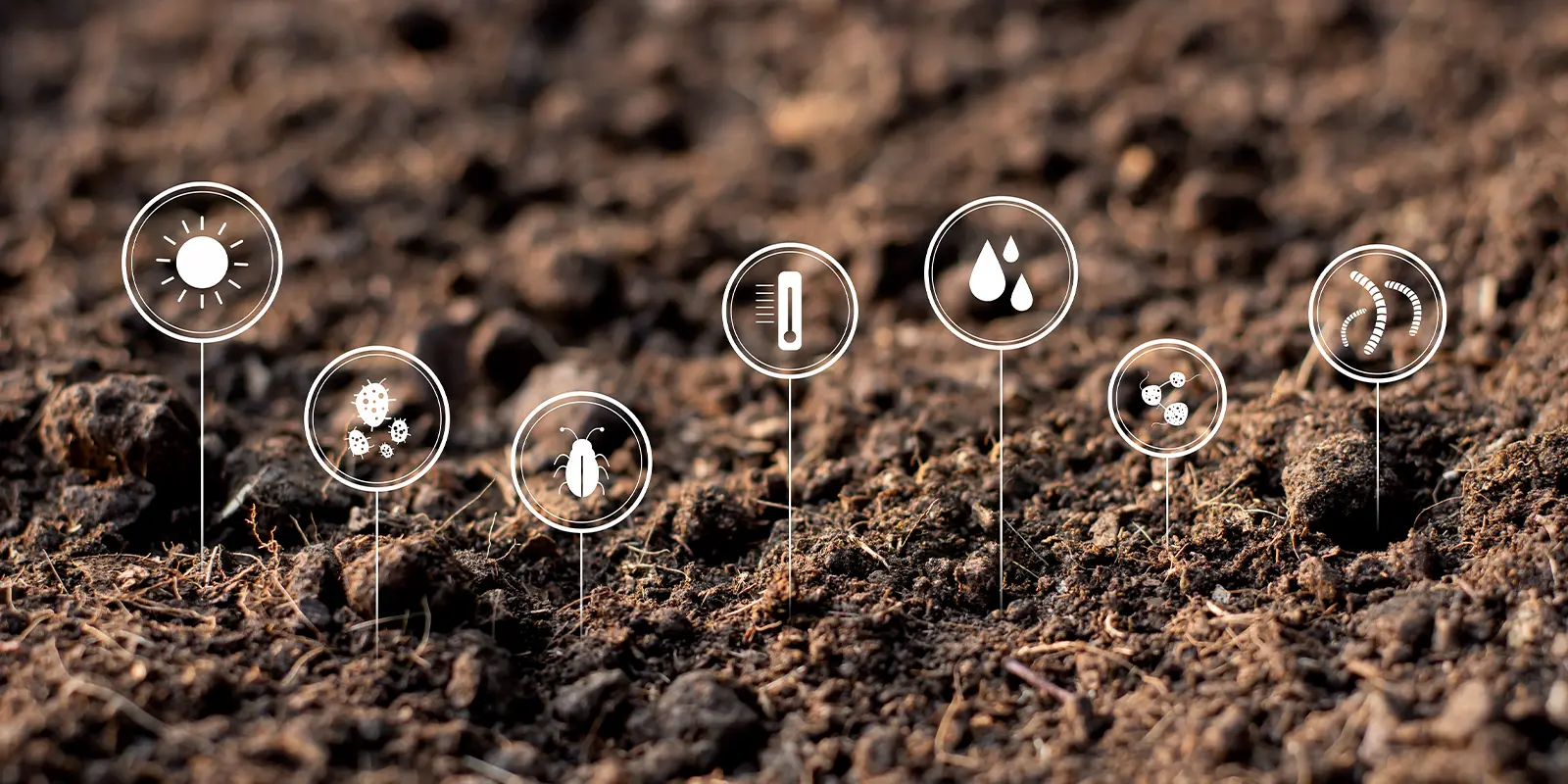

What is soil testing?
Soil testing is a scientific process that aims to study the physical, chemical, and geological properties of soil to assess its suitability for various purposes, such as construction, agriculture, or environmental use. This testing involves taking soil samples from specific depths and analyzing them in specialized laboratories to determine important factors such as bearing capacity, moisture content, density, salinity, pH, and the percentage of organic matter and minerals.
In construction projects, soil testing helps determine the appropriate type of foundation and ensure the stability of structures. In agriculture, it is used to improve productivity and is also used to assess contaminated soil in environmental impact studies.
Our soil testing and analysis services
- Conducting field site surveys and tests to determine soil layers and their geological and physical properties.
- Professional soil sampling from various depths using precise techniques that ensure sample quality is maintained.
- Soil analysis in accredited laboratories includes tests for density, moisture, grain size, shear strength, cohesion coefficient, and others.
- Conducting chemical analyses of the soil, such as measuring pH, salt content, sulfates, organic matter, and heavy metals.
- Measure groundwater levels and analyze soil hydraulic behavior to determine the impact of water on foundations or agriculture.
- Preparing detailed and approved technical reports that include descriptions of soil layers, results, and recommendations for foundation design or treatment.
- Technical support during the pre-design phase to determine the site's suitability and provide necessary recommendations before implementation begins.
- Soil testing for agricultural and environmental purposes, including analysis of soil salinity, fertility, and organic and chemical contaminants.
- Providing geological and geotechnical consultations for major projects or complex lands.
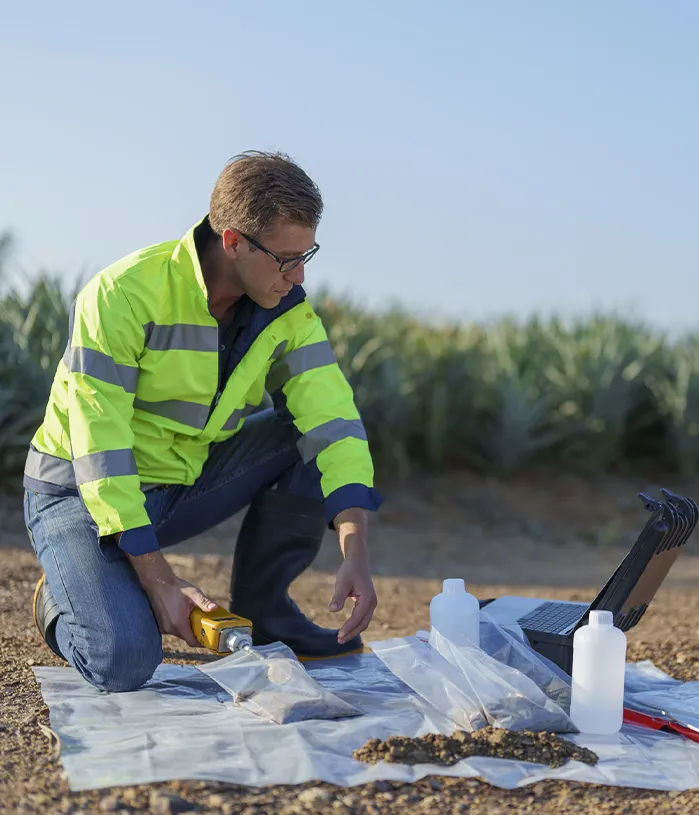

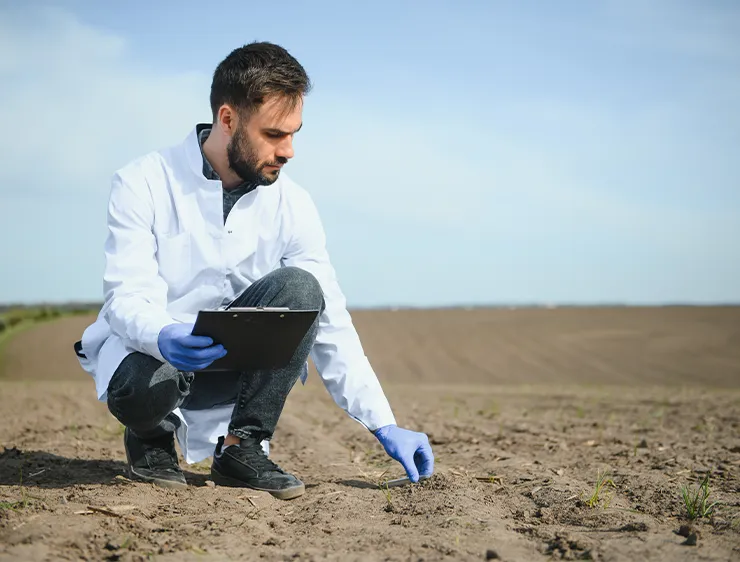

The importance of soil testing before implementing projects:
- Determine the type of soil and its bearing capacity to design appropriate foundations for buildings and structures.
- Detect potential geological problems such as subsidence, expansion, or unstable soil.
- Selecting the most suitable site for construction or agriculture based on the analysis results.
- Assessing environmental risks, determining the extent of soil contamination and remediation methods.
- Determine the suitability of soil for agriculture and know its nutrient and amendment needs.
- Determine the suitability of soil for agriculture and know its nutrient and amendment needs.
- Avoid technical and financial losses resulting from design failure or unsuitable soil.
Detailed characteristics of soil testing
Soil testing aims to gather accurate information about soil behavior and properties to assess its suitability for various activities such as construction, agriculture, or environmental restoration. This testing involves analyzing a number of integrated properties studied in the laboratory and on-site, including:
Focuses on the basic features of soil structure and physical form, including:
- Apparent and true density: Used to calculate the weight of soil in its natural state, and directly affects the stability of the soil under loads.
- Grain composition (grain gradation): shows the proportion of sand, silt, and clay, which determines the soil classification (sandy, clayey, loamy, etc.) and affects water permeability and cohesion.
- Natural moisture: Measures the amount of water held in the soil at the time the sample is taken, and is essential for determining the degree of saturation and compressibility of the soil.
- Voids and porosity: Reflect the extent of empty spaces between soil particles, which affects its ability to store water or allow it to pass through.
- Compressibility and Swelling: Shows how soil reacts when subjected to loads or moisture changes, which is critical when designing foundations.
These properties are used to determine the force that a soil can withstand, and include:
- Bearing strength: refers to the maximum load that the soil can bear without collapsing or subsiding, and is the basis for foundation design.
- Shear strength: It expresses the ability of the soil to resist sliding or collapse under the influence of shear forces.
- Angle of internal friction and coefficient of cohesion: determine the stability of the soil against collapse and are used in calculating retaining walls and slopes.
- Settlement capacity: reflects the extent to which a building or structure settles over time as a result of the pressure of loads on the soil.
- Soil elasticity: helps in analyzing the soil response to deformations, especially in soft or loose soils.
They are essential in evaluating the interaction between soil and materials used in construction or agriculture, and include:
- pH: Determines whether the soil is acidic, alkaline or neutral, and is a critical factor in interaction with minerals and plants.
- Salinity and dissolved salts: High levels of salinity can cause corrosion of concrete or inhibit plant growth, and are measured by electrical conductivity.
- Sulfates and chlorides: These compounds negatively affect concrete structures and accelerate the corrosion of iron, so they must be carefully checked.
- Organic matter: Its presence affects soil stability and resilience, and it is an important component of agricultural soil.
- Soil interactions with construction materials: Some soils may contain materials that cause a chemical reaction with concrete or metals.
It reflects the behavior of the soil in relation to water, and is essential in engineering and agricultural planning. It includes:
- Permeability: Determines how quickly water moves through the soil and is a key factor in drainage and foundation design.
- Water retention: The ability of a soil to retain moisture for a period of time, which is important for irrigation in agricultural projects or for designing drainage systems.
- Groundwater table: Measured to determine the depth to which water is present below the ground surface. It is an essential element in calculating foundation depth and assessing the risk of seepage or submersion.
- Groundwater level fluctuation: Helps analyze soil stability throughout the seasons, especially in areas with seasonal rainfall or continuous irrigation.
These properties are examined at sites with potential contamination or when implementing environmental or agricultural projects, and include:
- The presence of organic or chemical pollutants: such as oils, pesticides, fuel residues, or industrial materials, which affect the suitability of the land for construction or agriculture.
- Heavy metal content: such as mercury, lead, and chromium, which are toxic substances that must be monitored and treated if present.
- Biological activity: The test for the presence of bacteria, fungi, or microorganisms, sometimes used to determine soil quality in agriculture or rehabilitation.
- Soil impact on the surrounding environment: Analysis of the potential for contaminants to seep into groundwater or spread into the air or nearby soil.
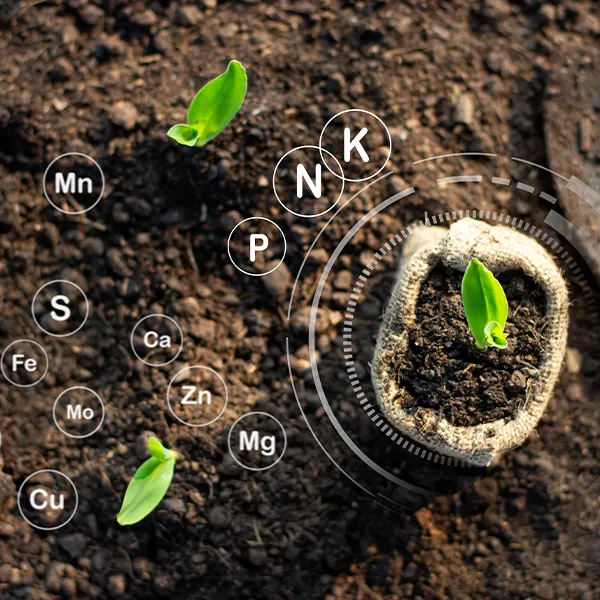

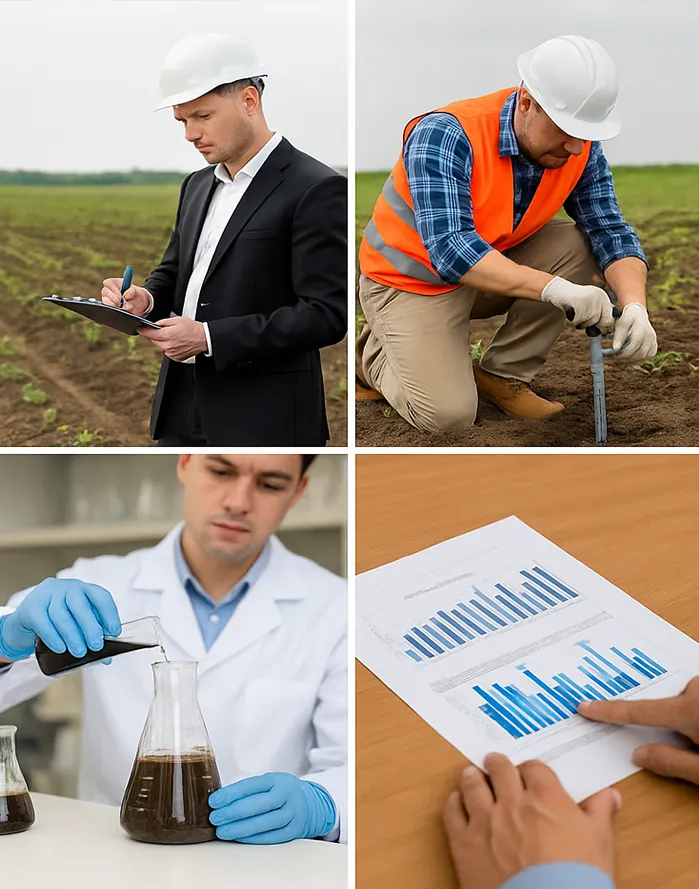

Detailed soil testing steps:
The process begins with gathering accurate information about the type of project and its location (residential, agricultural, industrial, environmental), to determine the number and depth of probes required, as well as the appropriate type of tests.
It is important that this stage be carried out by specialists to ensure accurate inspection planning.
The geotechnical team prepares a plan specifying the locations of the probes, the depth of the drilling, and the type of samples required, in accordance with the Saudi Building Code and environmental standards.
The implementing entity must be licensed and accredited by the relevant authorities to ensure subsequent approval of the report.
Excavation permits must be obtained from the municipality or relevant authority, especially in urban locations or near utility lines. Commencing without a permit may result in project suspension or fines.
Specialized drilling rigs are used to conduct probes at the specified points, recording each layer of soil penetrated. During this phase, the groundwater level is accurately measured, as it is a critical factor in foundation design.
Soil samples are taken from various depths and placed in sealed containers with identification tags (including location, depth, and date).
The samples must be representative and uncontaminated to ensure accurate laboratory analysis results.
During this phase, physical, mechanical, and chemical soil tests are conducted to determine its precise properties, such as grain size, density, moisture, shear strength, pH, salinity, and sulfate content. Al-Maqayis Company relies on officially accredited soil testing laboratories in Saudi Arabia, ensuring accurate and reliable results. Laboratory analysis is one of the most important stages of soil testing to ensure compliance with environmental and construction standards before construction begins.
Based on the results of the soil tests, a comprehensive technical report is prepared that outlines the soil characteristics at the target site, including a description of the layers, groundwater level, bearing capacity, and recommendations for foundation design. This report is signed by a licensed, specialized engineer to ensure its approval by official authorities. At this stage, Al-Maqayis Company relies on its extensive experience in the field of accredited soil laboratories, qualified to provide accurate and professional service.
The report is delivered to the client and may be submitted electronically to the relevant authority as part of the licensing documents. Failure to conduct the inspection or improper implementation may lead to serious construction problems or the project's rejection.
Consequences of not testing the soil properly:
An inappropriate type or foundation may be chosen, resulting in partial or complete failure of the building or others.
Low or ill-considered temperature drops can cause contaminants to sink, causing cracks in walls and ceilings.
Sewerage networks, regional treasury, and foundations may be susceptible to collapse or collapse due to the inability to move precisely.
If problems arise during the drilling process or after applying the instructions, it may be necessary to modify the design or implement more drastic measures.
Government agencies in Saudi Arabia require certified humidity testing reports, and any deficiencies will result in delays or rejection of the light issuance.
The project owner or contractor may be held legally liable in the event of damage or poor execution due to inaccurate soil testing.
It may contain contaminated moisture or high groundwater that is not detected, resulting in leakage or significant impact on the environment.
Inaccurate implementation can cause poor results, affect project progress, and weaken the credibility of the implementer's evaluation.
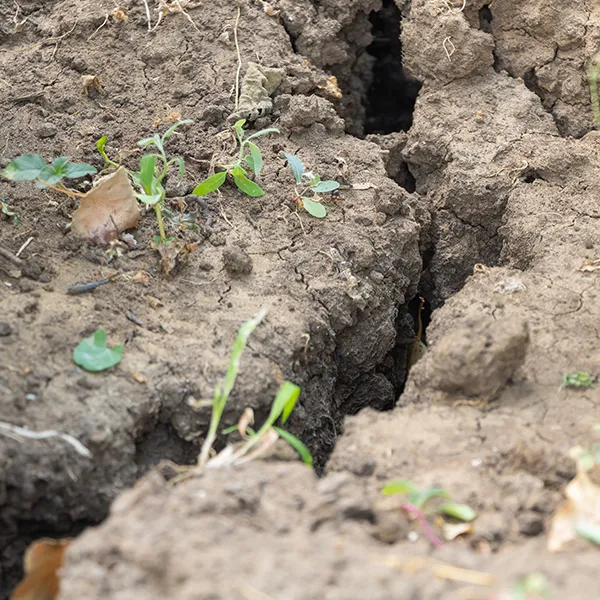



Soil testing requirements in Saudi Arabia
Analysis of the soil testing process in Saudi Arabia, including technical and regulatory requirements that ensure the safety of construction projects, and monitoring soil from an environmental and agricultural perspective. Distinctive requirements include:
- Submit an official application to the relevant authority (such as the municipality, regional secretariat, or Ministry of Environment) including the project location and the type of proposed activity.
- The inspection shall be carried out by an accredited body or a licensed and certified company in the field of soil analysis and engineering geology.
- Determine the number and depth of excavations according to the type of project, so that they cover the entire area of the site representatively (sometimes a depth of at least 15 to 30 meters is required for tall buildings).
- Take sound soil samples using approved tools and techniques, documenting each sample in terms of depth, location, and date.
- Soil analysis in a laboratory accredited by regulatory or municipal authorities, according to the standards of the Saudi Standards, Metrology and Quality Organization (SASO) and the Saudi Building Code.
- Submit a detailed technical report containing test results, engineering recommendations, and an analysis of the soil's bearing capacity and suitability for the proposed project type.
- Adhere to safety requirements during field excavation work, especially in locations near public facilities or land lines.
Soil analysis probes
- Collect and analyze soil samples to detect potential environmental contamination from sources such as industrial waste or oil spills, and assess the environmental impacts of such contamination.
- Soil analysis at gas stations is an essential part of environmental efforts to ensure soil is not contaminated and to preserve the surrounding environment. These steps are important for mitigating negative environmental impacts and improving air, water, and soil quality in the area surrounding the station.
- Sample analysis is performed to determine levels of known chemical contaminants of such sites, such as volatile organic compounds (VOCs), petroleum hydrocarbons (PHCs), and heavy metals (e.g., lead and cadmium).
- The concentration of pollutants is compared to local and international environmental standards to estimate the degree of contamination and the extent of potential environmental impacts.
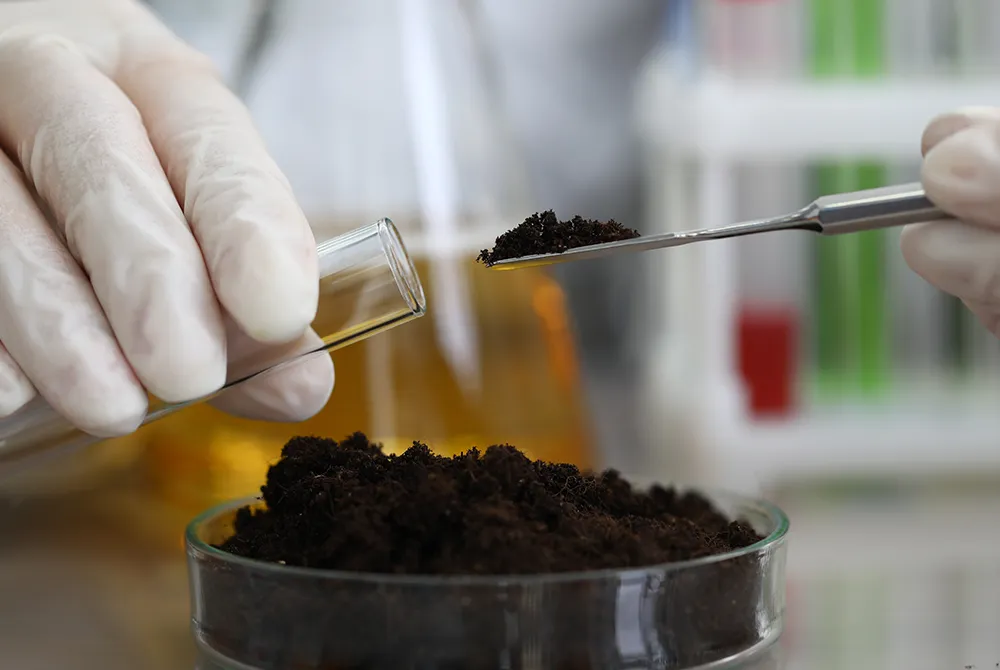

Contact Us
For more information, please contact us
